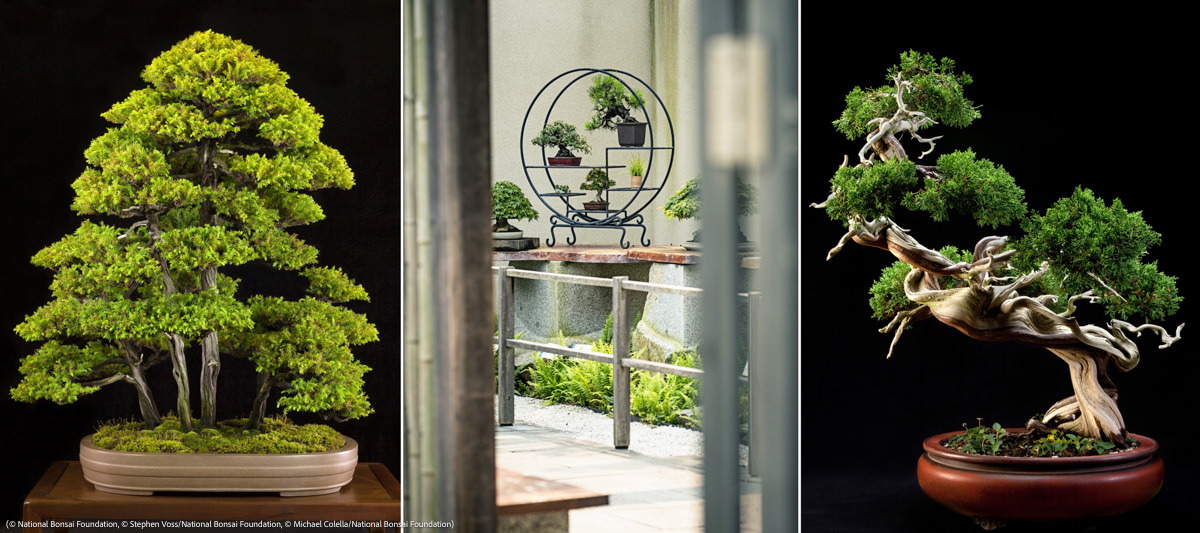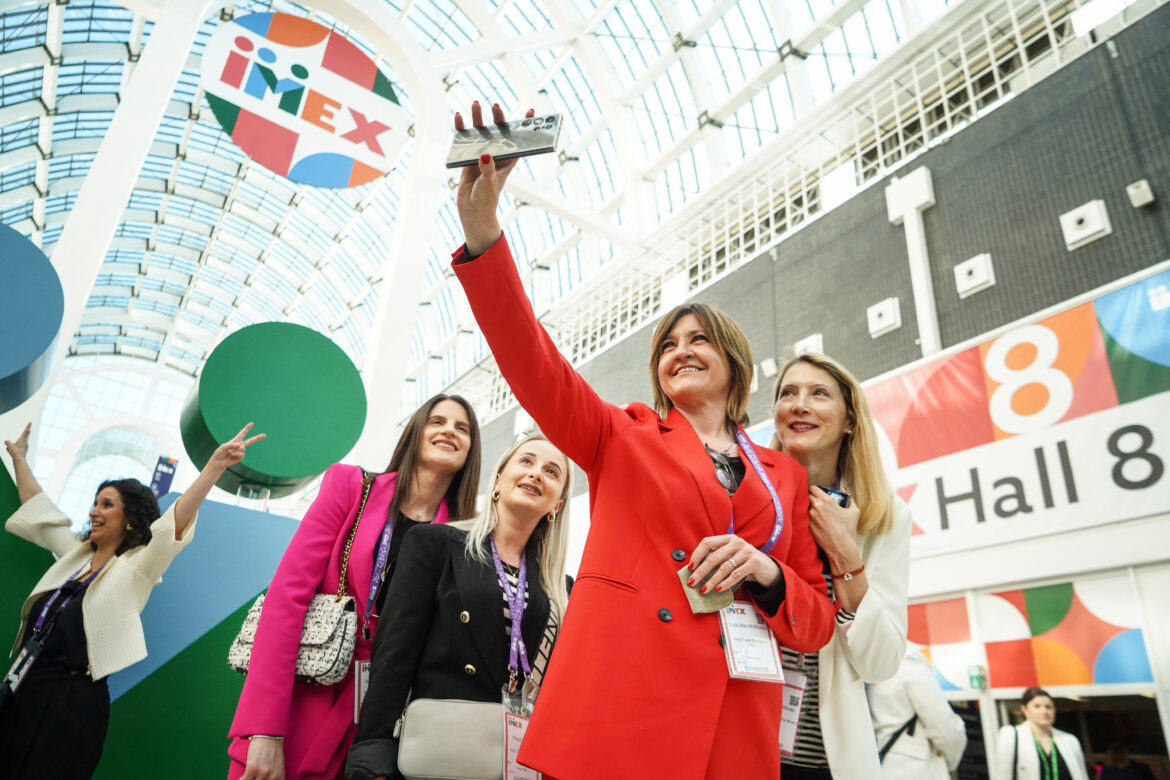For almost 50 years, the U.S. National Arboretum in Washington has been home to a collection of bonsai trees that is among the finest in the world and a symbol of the United States’ and Japan’s enduring friendship.
The collection started with 53 bonsai trees Japan gave the U.S. in 1976 in honour of the 200-year anniversary of America’s independence. That gift of trees, raised by top practitioners of Japan’s centuries-old bonsai tradition, formed the basis of the National Bonsai & Penjing Museum , which is part of the Arboretum in Washington. (Penjing is a similar practice to bonsai but developed earlier in China.)
One of the bonsai trees, a Japanese white pine, now nearly 400 years old, survived the 1945 Hiroshima bombing during World War II. Bonsai practitioner Masaru Yamaki — whose family had raised it for five generations, since the tree’s germination in 1625 — gave the tree to the museum. It has become a “symbol of peace, reconciliation and friendship,” says museum curator Michael James.
The number of bonsai trees housed at the museum has increased since the original gift, but the Yamaki Pine remains its oldest tree and among its most notable. Bonsai trees are one important example of the role trees have played in U.S.-Japanese relations.
In 1912, Tokyo Mayor Yukio Ozaki sent the United States 3,000 cherry blossom trees. Planted near the National Mall in Washington, they became a major springtime attraction that now draws 1.5 million viewers each April.
Japanese Prime Minister Kishida Fumio donated an additional 250 cherry blossom saplings (to replace trees that will be lost during Mall renovations) during his visit in April. The U.S. has responded in kind.
In 1915, President William Howard Taft and, in 2000, his grandson Bob Taft, then governor of the U.S. state of Ohio, sent dogwoods to Japan. In 2012, the U.S. Department of State sent 100 dogwood trees to Japan to mark the centennial anniversary of Japan’s gift of cherry blossoms.
The National Bonsai & Penjing Museum maintains a “sister relationship” with Japan’s Omiya Bonsai Art Museum. The museums share bonsai exhibitions and host visiting experts on the craft of growing and pruning small trees.
Visitors to the museum in Washington learn that a windswept tree signifies strength through adversity, that roots grown over rocks signify old age, and that a tree grown in an upright style conveys balance. “Of course, a bonsai is a work of art, and like any art, its meaning is up to some interpretation by the viewer,” says James.












